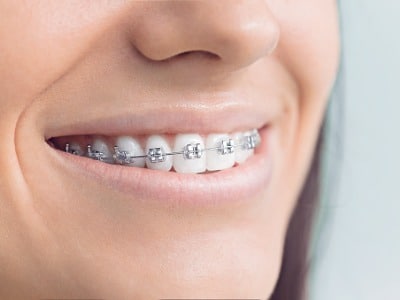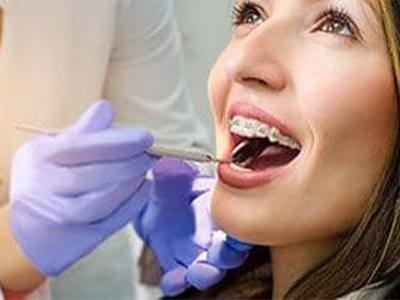
Our Blog
What is the Value of Orthodontic Treatment?

Cost vs. Value
Compared to the drastic increase in the price of a house or car in the last 20 years, you will get more value with orthodontic treatment as it typically lasts longer than most people keep a car or even the same house. With proper oral hygiene, the beautiful new smile you achieve with Dr. Kevin Theroux and Dr. Brooks Barefoot at Total Orthodontics can last a lifetime at an unbelievable value.
Speaking of value, let’s discuss the value of the orthodontic treatment process itself. No two smiles are alike and, for this reason, we spend an enormous amount of time and energy into the treatment of each one of our patients. Using the latest advances in orthodontic and dental technology, we are able to create custom orthodontic treatment plans based on your specific needs.
From your first visit, Dr. Kevin Theroux and Dr. Brooks Barefoot at Total Orthodontics performs a clinical exam to determine if orthodontic treatment is necessary or not. Next, your diagnostic records are taken and analyzed in order to diagnose potential orthodontic problems. A treatment plan is then created detailing step-by-step how these oral issues will be resolved. Depending on your plan, treatment can take anywhere from 18 to 24 months to complete with visits to our office every 6 to 10 weeks for adjustments.
Your Favorite Late Night Snack Could Lead to Tooth Loss

Late Night Snacking Can Lead to Tooth Loss
A 2010 study in Denmark discovered a relationship between midnight snacking and tooth loss. Over a six-year period, a group of over 2,000 adults (8% labeled “nocturnal eaters”) were found to have significantly increased their chances of tooth loss from repeated midnight snacking.
Nocturnal eaters were classified as those who eat a quarter or more of their daily calories after dinner several times per week. This also includes those who wake up in the middle of the night to eat a snack.
Orthodontic Treatment: One Phase Or Two?

Phase 1 vs Phase 2 Orthodontics
The typical process for Phase 1 orthodontic treatment involves a patient being fitted for their appliance (braces for example) which is worn until their teeth move into their proper positions. Some patients may require extractions or surgery prior to beginning treatment. Once the teeth are properly aligned, the patient wears a retainer to keep the teeth from shifting back.
Two-phase orthodontic treatment differs from Phase 1 in that the first part of treatment is done while the patient still has most of their baby teeth. The goal of two-phase orthodontic treatment is to minimize development problems early so that treatment in their teens will be faster.
What To Ask At An Orthodontic Consultation

How Long Will My Treatment Take?
It is important to first note that orthodontic treatment is not a “one size fits all” approach to straightening teeth. At [Orthodontic Office], we develop orthodontic treatment plans based on the individual needs of each patient to ensure they get the best results. Be sure to ask the orthodontist for an estimate of how long your treatment will take as the length may vary depending on how complex your situation is.
The Top 3 Best Drinks For Your Teeth

Milk
Not only can it help build strong bones, but milk is a great source of calcium. Calcium helps to repair and maintain tooth enamel to keep your teeth strong. Lactose intolerant? Don’t worry. Calcium-fortified soy milk is a great alternative to getting the same benefits as regular milk. However, it is important to keep in mind that milk also contains sugar which, if left on the teeth for too long, can cause tooth decay.
Green and Herbal Teas
Black tea is very similar to coffee and red wine and can leave stains on the teeth. Green and herbal teas, on the other hand, do not. In fact, they can actually be beneficial to your oral health. Tea can help fight the bacteria found on teeth due to the compounds called polyphenols they are made of. The best way to drink tea while wearing braces is to drink it as is – no sugar or honey added. For those who prefer a sweeter taste, use sugar-free sweeteners instead.
Water
Although it may be the most obvious choice, water is an essential part of maintaining a healthy lifestyle and staying hydrated. Water is an important part of oral health because it helps produce saliva, the mouth’s first defense against sugars, acids and bacteria left over from food we’ve eaten. Drinking water after every meal can be the best solution until you are able to brush your teeth.
Good Drinks are Just the Beginning
Consuming healthy drinks is only one part of maintaining good oral health while undergoing orthodontic treatment. Keep in mind to continue daily brushing, flossing and attending appointments as scheduled with Dr. Kevin Theroux and Dr. Brooks Barefoot at Total Orthodontics as well. Your beautiful, straight smile at the end of treatment will thank you later.